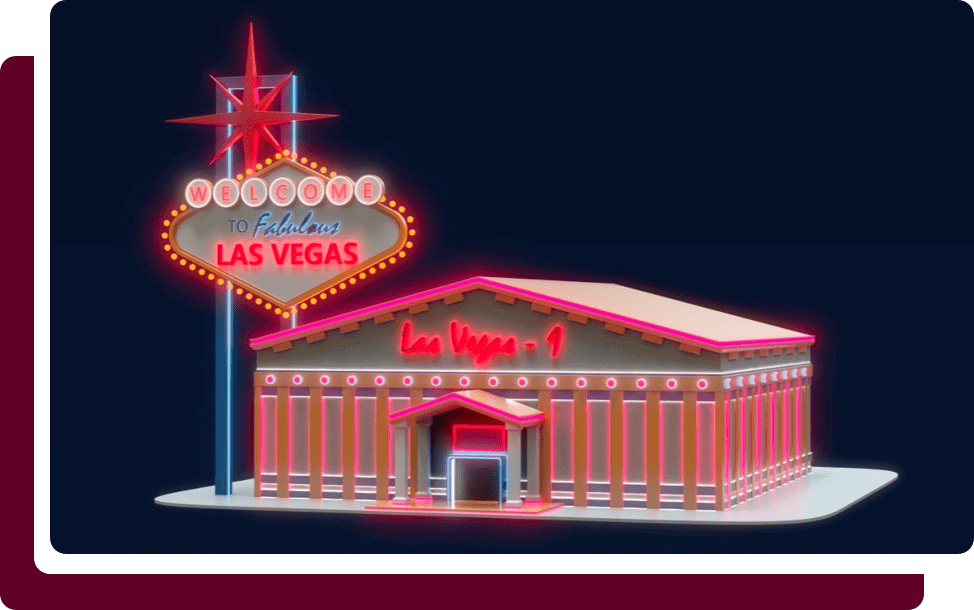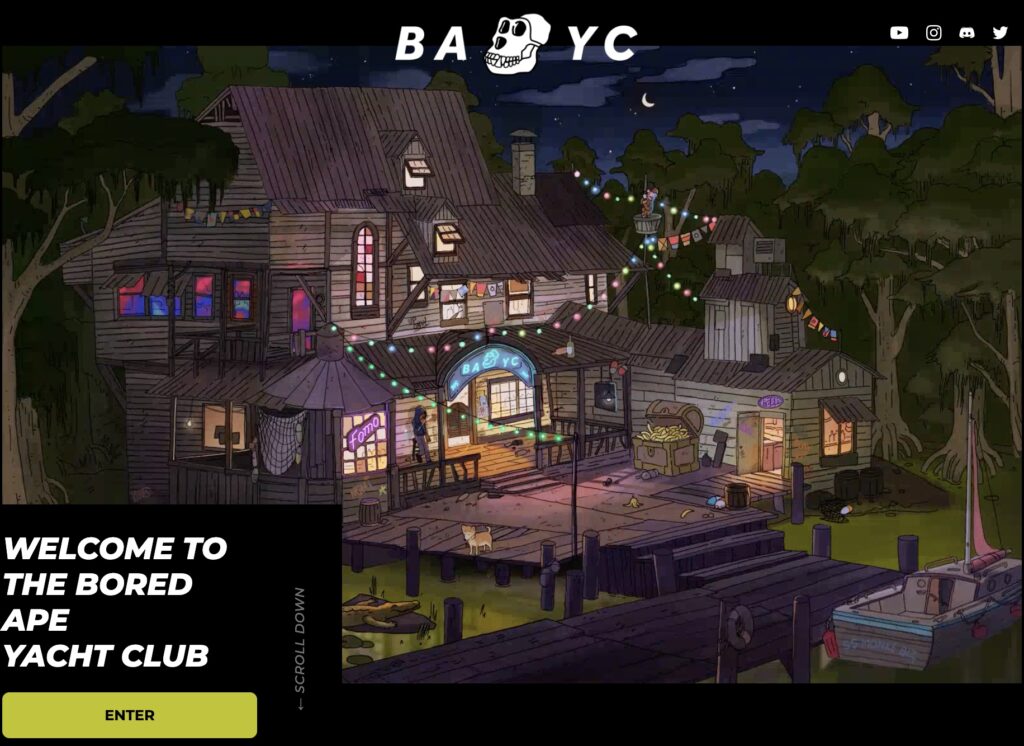People have always built communities around common interests: Harley Davidson owners, card collectors, sneakerheads. There’s a community for everything. And they’re growing online in new ways.
After months of the pandemic, and enormous spikes in gaming, time online, and remote education, it should come as no surprise that people are increasingly eager to connect with others online.
While Georgetown students have returned to campus on the Hilltop, the pandemic has forced a piece of everyone – our “digital identity” – to move permanently online. Communities are following.
And, in many ways, the metaverse makes this increasingly possible, makes our lives online fuller and more fulfilling. The metaverse is a digital world beyond our own world, accessed through virtual reality, video games, social media, and digital avatars. Or, according to The New York Times, a “fully realized digital world that exists beyond the analog one in which we live,”
‘And with the metaverse on the rise while in the midst of third and fourth waves of the pandemic, it makes sense for communities to grow in places where people are spending their time and money.
“Metaverse enthusiasts believe that our digital identities will eventually become just as meaningful as our offline selves, and that we’ll spend our money accordingly,” writes Kevin Roose in The New York Times.
Non-fungible tokens (NFTs)—one-of-a-kind digital tokens or files that can’t be duplicated—have generated billions of dollars in the metaverse for artists and resellers alike. Think of NFTs as (expensive) digital baseball cards that can cost upwards of a hundred thousand dollars. While you can copy these files or screenshot the apes, there’s still only one original. And they’ve been selling like crazy.
Insider attributes the boom in spending to the pandemic, the surging price of Bitcoin, and a distrust in the U.S. dollar. In other words, people have saved money during the pandemic and are looking for new ways to invest. With a younger generation of digitally savvy investors itching to spend, digital art is a new avenue to explore.
Bored Ape Yacht Club (BAYC) launched in April, selling ten thousand iterations of the cartoon apes as NFTs. With stoned eyes and cigars dangling from their lips, touting a variety of hats, shirts, and skins, the apes replaced their humans’ profile pictures. “Your Bored Ape can serve as your digital identity, and open digital doors for you,” the site advertises, emulating Roose’s point about the metaverse.

A few of the Bored Apes on the BAYC site
Although it sounds novel, the idea behind BAYC isn’t entirely new. StripperVille, another NFT community where virtual strippers can “dance” in digital clubs, sold all 3,000 dancers its creators made – a limited run of these collectibles – several months before BAYC’s launch. “Welcome to the world’s first digital Strip Club,” the site advertises. Increasingly, NFTs aren’t restricted to static photos or images; they can dance, move, and hangout depending on how the creators coded them in the blockchain. And, as offline, where there’s an interest, there’s a community.

A virtual club in Stripperville
And these NFTs sell fast as people try to enter these elusive, and often expensive, ownership clubs. Club is a pretty accurate depiction. Besides the NFT itself, which the buyer would own, Bored Ape buyers are awarded access to a “swamp club” for apes, an online hangout place on the BAYC website for owners to visit other owners and their apes.
If you’re a part of the BAYC community, you’re also invited to “hang with fellow apes, play blackjack and roulette” and tune in to an exclusive show by CryptoPunk rapper Spottie Wifi on their “Decentraland Riverboat,” which, visually emulating a real riverboat, serves as an online hangout spot for ape owners. And these online communities are starting to find new ways to connect – both online and offline.
Many of these communities offer a Discord channel, a popular instant messaging platform, as well as in-person events for the users. For example, the Royal Society of Players offers member-only virtual events and “live meetups in key cities such as Las Vegas, Miami, Los Angeles, London” and “large industry gatherings such as Consumer Electronics Show (CES), South by Southwest (SXSW) and Bitcoin Conference Miami.” On a smaller scale, the Adam Bomb Squad is meeting up at a food festival in Los Angeles in October and giving free tickets to their NFT owners.

The entrance to the BAYC swamp club
And while many see ownership of the NFT itself as the crux of the online craze, it’s these gated, owner-only communities that may be more beneficial and interesting for owners in the long run.
The idea behind BAYC is that over time – and with more buyers – the Bored Ape creators will create additional features, real-world community options, and benefits that will raise the bar for what owning an NFT means.
And this model is true for many NFT communities: The Royal Society of Players, Gutter Cat Gang, ZED, and CryptoPunks have all created unique online communities built around NFT playing cards, cartoon cats who live in the “post-apocalyptic shatters of society on the ETH blockchain,” and video games in which the owner of the NFT gains entry to the community only through their ownership.
The bored-looking apes are, in many ways, an experiment in online communities that are just attached to status and exclusivity: communities that are built around a new generation of collectibles and young people with money to spend. The apes are a digital representation of who their owners are – and each one is a part of the owner’s digital identity. (And, since the NFTs can’t be faked, there is always a way to see how much people shelled out for their apes, cats, and cards, which, of course, is already important in the collectibles world.)
So, for young people—including Georgetown students—who have increasingly turned to the Internet for online communities or decided not to return to campus, NFTs and their associated clubs may actually provide some real benefit given our evergreen interest in socialization with other like-minded people, united through their love of cards, cats, or video games.
Given the increasing prevalence of disruptions to the world we once took for granted, it seems that the metaverse will continue to grow in new and creative ways like gutter cats living in a digital “crime-ridden, nondescript inner city” or a digital version of a grungy Las Vegas strip club.
And these online communities may be increasingly important as the pandemic continues in most parts of the world. NFT communities, among others, offer the chance to connect with like-minded people who care about their digital identities – no matter where they live. And the rise of the metaverse means that there are numerous options for online communities – especially for those still living under lockdowns or with disabilities that make COVID-19 more dangerous.
ZED, for example, involves betting on, owning, and breeding digital horses – a digital approximation of something people have been unable to do in real life during pandemic-induced lockdowns.
For now, though, these digital communities are still largely behind expensive doors. Hopefully the barriers to entry fall for these communities, as, in its current state, the digital divide and cost of NFTs keep many from appreciating the social benefits of community.
Whether it be a Bored Ape or a digital dancer, the community attached to the NFT is likely to be more important than the character itself as we move more of ourselves online – and as our need for community in challenging times continues to evolve in the pandemic.




